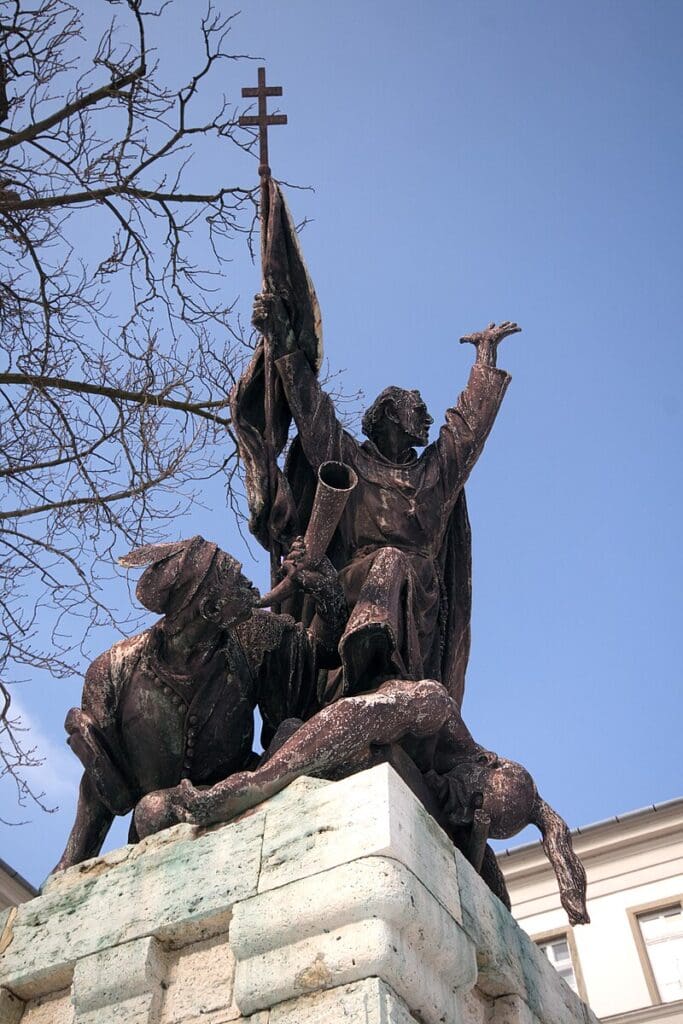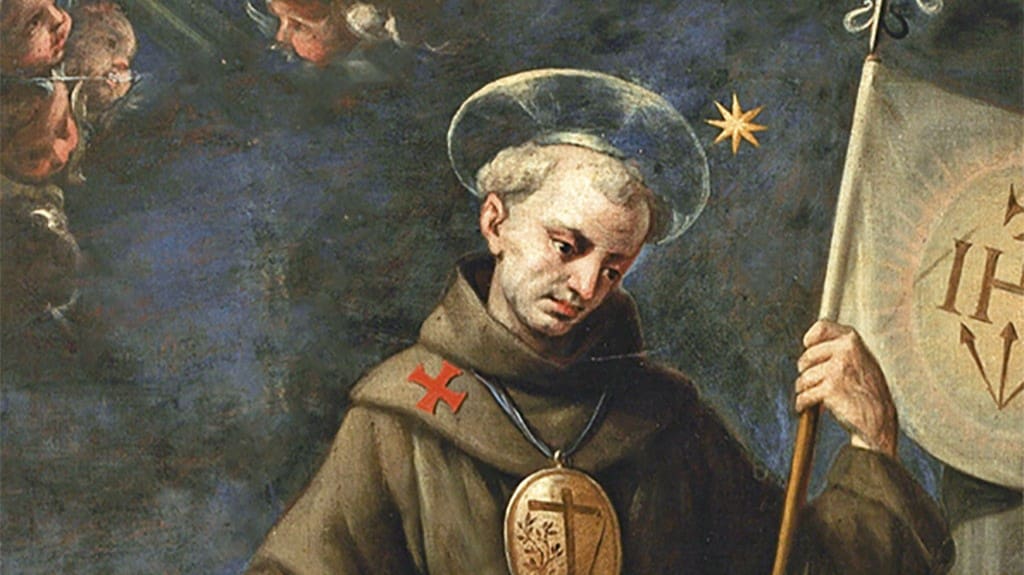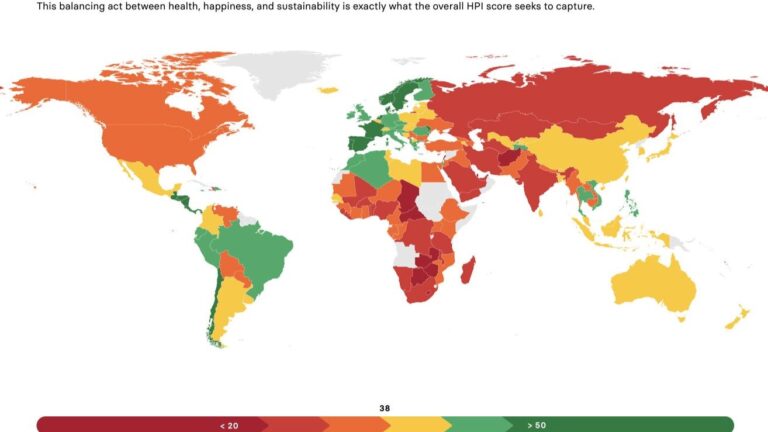Born in 1386 in Capestrano, southern Italy, St John of Capistrano (San Giovanni da Capestrano in Italian) was a long-lived judge and governor of Perugia before entering the Franciscan order and becoming a leading figure in the strict observant movement. Famous far and wide as a preacher, he arrived in Hungary in 1455, where he declared a crusade against the Ottomans. In the summer of 1456 he rushed to the camp of John Hunyadi to help him defend the Nándorfehérvár (Belgrade) Fortress, which was already besieged by Sultan Mehmed II’s army. The crusader army numbering tens of thousands that he recruited played an important role in the successful defence of the fortress and in the battle that ended the siege.
John Hunyadi would have been defeated at the fortress walls if John of Capistrano, already in his 70s, had not attacked the Ottoman camp with his crusaders
from the banks of the Sava River at the decisive moment on 21 July. After the victory, Capistrano administered the last rites to Hunyadi, but on 23 October, the plague that ravaged the camp killed him too. The Hungarian army lost its leaders but gained a saint. It was a miracle indeed; the rout of the hitherto invincible Ottoman Sultan’s army was totally unexpected and took the whole of Europe by surprise. In particular, no one had expected a successful deployment of the makeshift crusader army in an age of trained mercenary armies in Europe, and when the Ottoman army already included the elite forces known as the Janissaries.[1]
John was buried in the nearby town of Újlak (today’s Ilok, Croatia). As a great admirer of Capistrano, the lord of Újlak, the Transylvanian Voivode Miklós of Újlak, was already working to have the legendary John of Capistrano canonized. That is why he began to keep a record of the miracles that took place at John’s tomb between 1456 and 1526, which contains more than 500 incidents. John’s miracles during his lifetime were connected with the Battle of Nándorfehérvár, where, according to witnesses, the arrows of the Turks missed the Saint, ‘as if blown back by the wind, they swept the venerable father out of the way’. However, his canonization was then cancelled, even though the Pope, on the news of the crusader victory in 1456, ordered the celebration of the Feast of the Transfiguration of the Lord in the Catholic Church on 6 August 1457. The papal bull ordering the tolling of the noon bell and the news of the victory reached contemporaries at almost the same time, who could indeed see divine providence in the unprecedented victory that discouraged the Turks for half a century. Hungarian historical memory was also grateful to those who had achieved this success—King Matthias himself sought to promote the canonization of Capistrano, knowing that he owed the international and domestic legitimacy of his power to his father’s anti-Ottoman successes.[2]

His memory is still alive among the Franciscans, although his veneration in Europe declined after 1526 in the war years, and his place was taken by other popular saints of the time. If the Saint owed his veneration at his tomb to the Turks, it was also thanks to the Ottomans that his adoration was revived in the 17th century. When the Ottomans were besieging Vienna in 1683, the Romans prayed at his statue in the Basilica of Santa Maria in Aracoeli, Rome, while another statue of him miraculously turned towards Hungary, according to tradition, in a Franciscan church in Schleiheim, a few days before the Christian victory in Párkány (today’s Štúrovo, Slovakia) on 4 October of the same year, foreshadowing the liberation of the country. By that time, the canonization of Capistrano, urged for a long time, was really not far away. The document was proclaimed in St Peter’s Basilica in October 1690 and the bull was published in June 1723. The feast of John of Capistrano was added to the Roman calendar in 1890, on 28 March. As this day falls mostly on the Lenten period, in 1969 the feast was moved to the day of his death, 23 October.
His respect in Hungary grew after the First World War, when the country, becoming independent after the break-up of the Monarchy, sought its own historical heroes. Although John was a popular saint of the Italians and the Croats as well, he became a national hero in Hungary, his state and military veneration being concentrated in the Buda Castle. However,
reviving his veneration at the state level after 1919 was risky, given the strong influence of the Protestant churches,
which represented nearly 30 per cent of the population, and the fact that the governor, Miklós Horthy, was himself a Protestant. The source of opposition at the time also stemmed from the Protestants’ denial of the intercession of saints, and the postponement of the establishment of a Protestant army chaplaincy.
After the First World War the Catholic Military Archdiocese was established in Hungary as a successor to the defunct joint Apostolic Military Ordinariate, and the Franciscan Prior István Zadravecz (1884–1965) of Szeged was appointed its first head. A provocatively Catholic in person, Zadravecz’s role model was John of Capistrano, famous for his struggle against Jews and Protestants, about whom he even wrote a play. Zadravecz wanted to make him the patron saint of the army, because ‘the great work he did on Hunyadi’s side was for the integrity of our country and Christianity’. Zadravecz’s plans for John of Capistrano included recognition in Rome as the heavenly patron of the National Army, the naming of the capital garrison church—the church attached to today’s Magdalene Church Tower—and square, together with the adjacent barracks, after Capistrano, and the celebration of 22 July as the National Army’s Day to commemorate the victory at Nándorfehérvár.[3]
All the proposals of the Military Archbishop were implemented, except for the renaming of the barracks. The square, now named after Capistrano, was home to the garrison church, and a statue of John of Capistrano, and later the Museum of Military History was housed in the barracks building. The museum operated there until 2024 when the Ministry of Defence moved in. However, the altarpiece for the garrison church caused political turmoil again. In the altarpiece, the painter, in accordance with Zadravecz’s intentions, drew a parallel between 1456 and the new National Army after 1919. In the picture, Miklós Horthy appeared as Hunyadi and Zadravecz as Capistrano. In the central part of the triptych, John of Capistrano was shown receiving from Zadravecz the papal bull appointing John as the heavenly patron of the Hungarian army. On the right panel John Hunyadi and his troops could be seen, and on the left Governor Horthy and his army.

It was less controversial when in 1932, on the initiative of Military Archbishop István Haász, an altarpiece was placed in the church, which was made from public donations and paid tribute to the thousand-year history of Hungarian military valour. In this piece, John of Capistrano kneels before the Madonna in the company of the saints of the Árpád House. John is asking for the protection of the Virgin Mary, and next to him are the Hungarian saints Stephen, Margaret, Gisela, Elizabeth, Emeric, and Gerard. Next to them are two angels: a black angel symbolizing the pain of the Treaty of Trianon, followed by a green angel of hope, together with the patron saints of the armed forces: Ladislaus, George, and Christopher. The tradition of the patron saints of the Armed Forces was revived after 1989, but the church was severely damaged in the World War and instead of being restored was demolished during the Communist era, except for the tower, which can still be seen today.
The Capistrano statue in the Buda Castle, erected in 1922 from public donations, is a still-existing monument of respect. It is a unity of three figures: the central figure is Capistrano in a monk garment, with a rosary at his waist, a flag in his hand, and a double cross in its pediment. The two figures next to the Saint represent a Hungarian and an Ottoman warrior. The Hungarian is crawling up the bastion, blowing into the horn in his left hand. The figure of the Ottoman warrior lies lifeless at the bottom, holding a ponytail spear in his hand. The statue was unveiled on 19 November 1922, again in the absence of the highest state and military leaders, as in the case of the garrison church. In 1945 the double cross was removed from the top of the flagpole in the Saint’s hand and only returned in 1994. Surprisingly, the statue remained in place throughout the communist decades, thanks to the propaganda portraying Hunyadi’s army as the forerunner of the People’s Army. In this, a small place was given to John as well, and according to oral tradition, it was thanks to his heroic deed in Nándorfehérvár that the Franciscan Order was not dissolved in 1950 and was able to continue to function under communist rule, preserving its two schools.
In 1930 the units of the Royal Hungarian Army were given new names related to the great figures of Hungarian history. Still, they were careful to refer to their military merits rather than their saintly status by then. The company could be considered exclusive, since, apart from John of Capistrano, only the Hungarian Saint Kings Stephen and Ladislaus were chosen. The name of Capistrano was given to a bicycle battalion, which was then reorganized as a tank battalion in 1941.
Although the Saint’s connection with the soldiers and the army is undeniable, as evidenced by his legends and the miracles they describe, he had to wait until Pope John Paul II declared him the patron saint of all army chaplains in February 1984. The papal decision was not coincidentally proclaimed in the most important Franciscan church in Rome, the Basilica of Santa Maria in Aracoeli. After 1989, he became the patron saint of military chaplains in the Hungarian Defence Forces as well.
The renewal of the cult of Capistrano in recent decades has been helped by the town-twinning arrangements between John’s birthplace, Capestrano, and the district of Budapest including the Buda Castle.
An important milestone in the relaunched series of commemorations was the official wreath-laying ceremony at the statue of the Saint in the Buda Castle on John’s birthday in June 1986, before the regime change. The victory took its rightful place in Hungarian memory on the 555th anniversary when on 4 July 2011 the Hungarian Parliament declared 22 July as the Day of Remembrance of the victory at Nándofehérvár.

In the Defence of Europe was the title of the anniversary celebration in 2006, with which the Hungarian Defence Forces commemorated the 550th anniversary of the defence of Nándofehérvár in 1456 and the death of St John of Capistran. The title expresses the mutual responsibility between the two sides, Hungary and Europe, each of which relied on the defence of the other. In the first period of the Ottoman expansion, Hungary played an active role on its own, and then gradually became dependent on the financial and, increasingly, military support of the Western countries. Nándorfehérvár has rightly been called the key to Europe, but it is even more apt to be seen as the lock of the Latin world, once broken open, the road to Buda and Vienna was open. We rightly remember this unique event in Hungarian history, the heroes Capistrano and Hunyadi, who proclaimed Hungarian military glory and helped Hungary flourish in the 15th century, and who, together with Hungary, saved Europe from the Turkish destruction for decades.
[1] Tamás Pálosfalvi, From Nicopolis to Mohács: A History of Ottoman- Hungarian Warfare, 1389-1526, Leiden – Boston, 2018, pp. 174–187.
[2] Stanko Andrić, The Miracles of St. John Capistran, Budapest-New York, 2000, pp. 83–183.
[3] Györgyi Cs. Kottra, ‘A Kapisztrán-kultusz és a m. kir. hadsereg: 1920-1945’, História, Vol. 27, No. 1, 2007, pp. 26–28.
Related articles:








